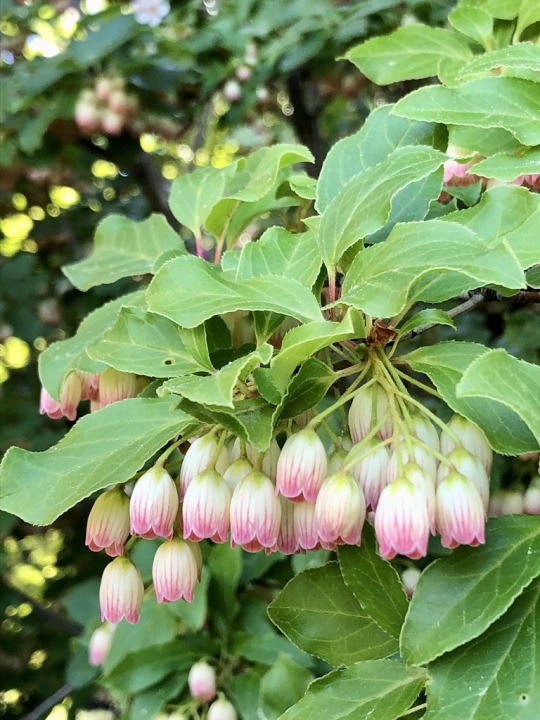#redvein enkianthus
Text

2 notes
·
View notes
Text

enkianthus campanulatus
#my art#botanical illustration#pen#black and white#horticulture#botany#scientific illustration#plants#flowers#gardening#field guide#enkianthus campanulatus#redvein enkianthus
49 notes
·
View notes
Photo



Enkianthus campanulatum
26-05-2016 // Pentax K-500 // Stadtpark Bochum
#nature photography#ennkianthus#enkianthus campanulatum#redvein enkianthus#botany#Stadtpark Bochum#2016
8 notes
·
View notes
Photo
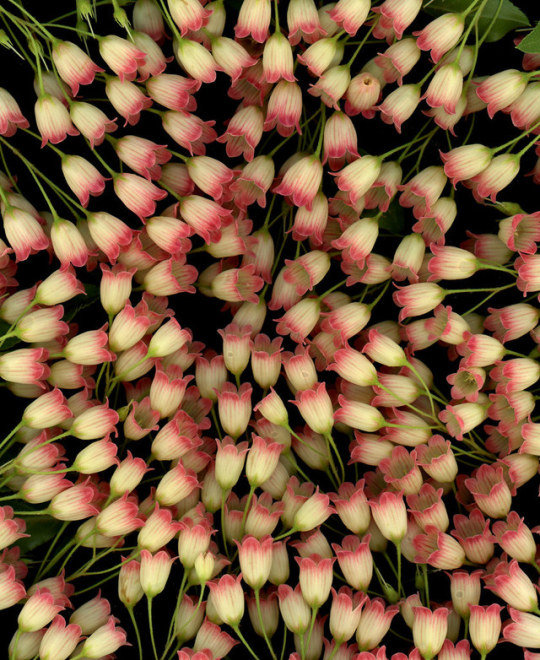
59795.01 Enkianthus campanulatus by horticultural art https://flic.kr/p/2gNhPXh
4 notes
·
View notes
Photo

Enkianthus campanulatus (Redvein Enkianthus)
Genus name comes from the Greek word enkyos meaning pregnant and anthos meaning flower. Specific epithet comes from the Latin word campanulatus meaning bell-shaped in reference to the shape of the flowers.
0 notes
Photo
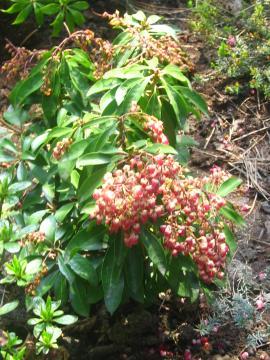
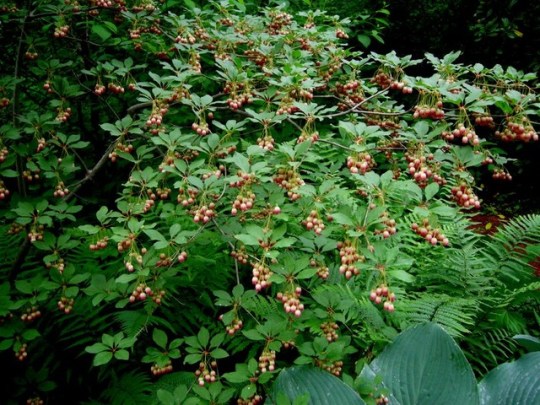

Among different plants we noticed one bush called Enkianthus campanulatus which flowers in a shape of small bells have stayed in our memory. This beautiful interested us, so we decided to do a webquest.
Culture:
Easily grown in average, medium moisture, well-drained, acidic soils in full sun to part shade. Best in part shade. Prefers moist, organically rich, peaty soils with a pH below 6. Blooms on previous year’s growth, so any pruning should be done immediately after flowering.
Noteworthy Characteristics:
Enkianthus campanulatus, commonly called redvein enkianthus, is an upright, deciduous shrub which typically grows 6-8’ tall (less frequently to 10-15’). It is native to open woodlands in Japan. Tiny, bell-shaped, nodding, creamy-yellow to whitish-pink flowers (each to 1/ 2” long) with pink striping and edging appear in pendulous clusters (racemes) in late spring (May-June). Individual flowers resemble those of Pieris which is in the same family. Elliptic, serrate, medium green to bluish green leaves (to 3” long) are crowded near the branch ends. Fall color is variable, but at its best features quality red foliage with tones of orange, yellow and purple.
Genus name comes from the Greek words enkyos meaning pregnant and anthos meaning flower in reference to the pregnant-looking flowers (prominent swelling at the base of each flower) found on some (e.g., E. quinqueflora) but not all species in the genus.
Specific epithet comes from the Latin word campanulatus meaning bell-shaped in reference to the shape of the flowers.
Problems
No serious insect or disease problems. Since fall color is variable with this species, gardeners may wish to purchase plants in autumn when fall color is on display. Watch for spider mites in hot summer climates.
Garden Uses
Specimen, group or mass in the landscape. Effective when grown with rhododendrons which share the same acidic soil requirements. Shrub borders, foundations.
0 notes
Photo
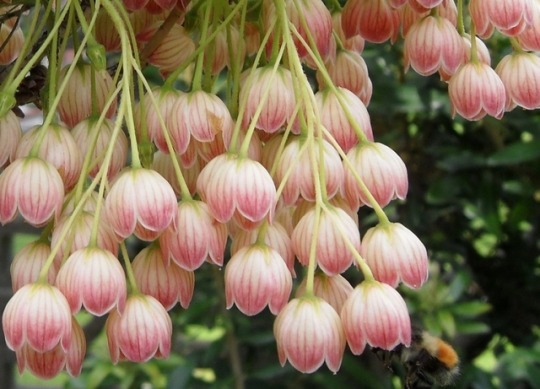
Fairy Tales
#flower photo tumblr#flower garden tumblr#wine-colored flowers tumblr#redvein enkianthus#teardrop bell#fairy bell#do not cry baby#fairy tales
114 notes
·
View notes
Photo

58478.03 Enkianthus campanulatus by horticultural art https://flic.kr/p/Ysthwk
2 notes
·
View notes
Photo

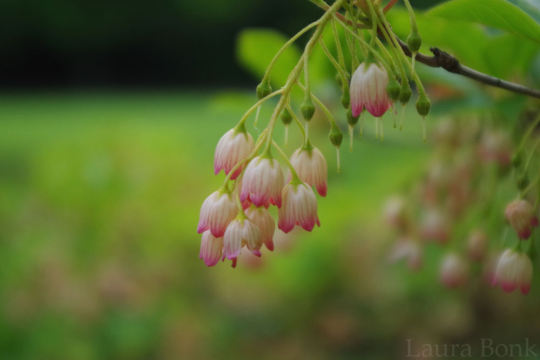
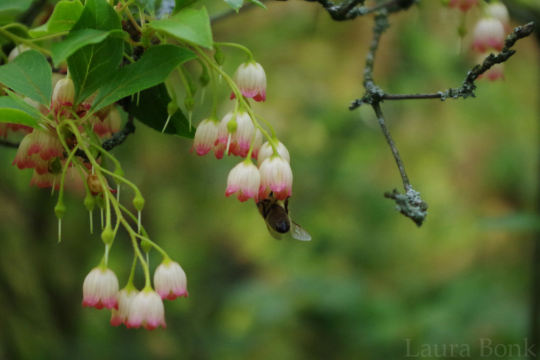

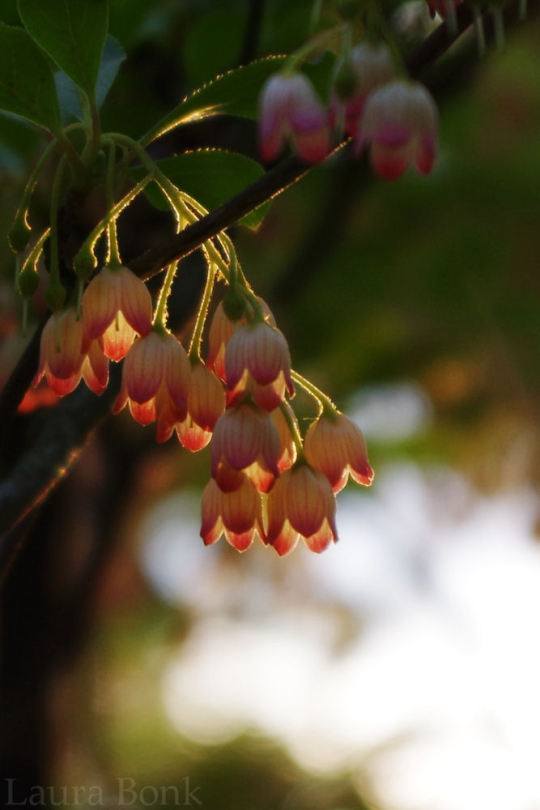




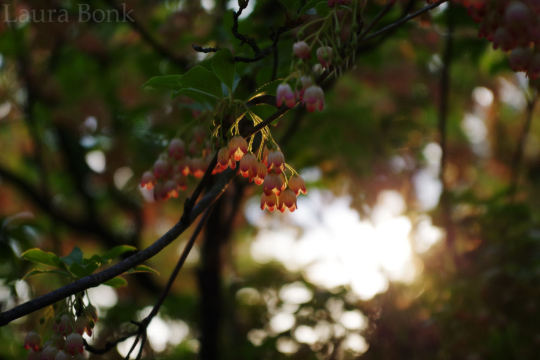
Enkianthus campanulatus
We have three absolutely stunning bushes of these in the Stadtpark, each having slightly different flowers. One has more red, the other just the slightest bit of pink, but all are equally pretty. And thankfully the sun decided to help me out a bit while taking pictures.
27-05-2015 // Pentax K-500 // Stadtpark Bochum
#nature photography#Enkianthus campanulatus#redvein enkianthus#enkianthus#botany#Stadtpark Bochum#2015
8 notes
·
View notes
